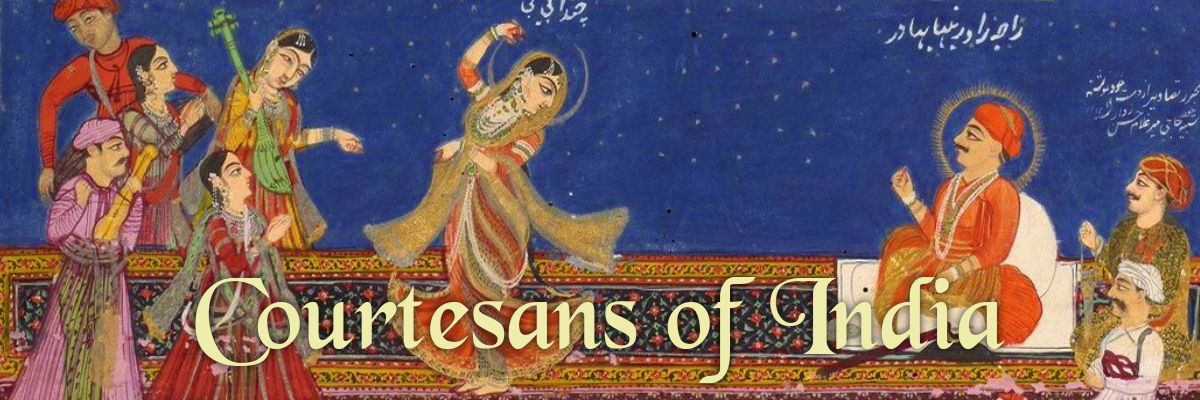This article is available for free online through the Atenea journal (link opens a pdf). It starts on page 33.
From the Introduction
The Courtesan film occupies a particular position in the popular imagination of India. Its great popularity could be ascribed to its hybrid status, the character of the courtesan being hard to define. Sumita Chakravarty describes the character as “as dancing girl, nautch-girl, prostitute or harlot” and, above all, as both “celebrated and shunned” (269). Rachel Dwyer suggests the appeal of a “lost” Islamic element and the relationship between memory, loss and poetry and the ghazal 1 (88). Films such as Tawaif, Umrao Jaan, Mamta, Amar Prem, Utsav, Ram Teri Ganga Maili, Bhumika and Pakeezah, among others, serve as testimony of the vital force that emanates from the Courtesan Film but it is the last mentioned that packs all the elements of the Courtesan Film plus an interesting commentary on two seemingly unrelated issues: death and the floating condition of the courtesans.
My examination of these motifs will be focused on Kamal Amrohi’s 1972 film Pakeezah. My reading is nurtured by the idea that this film stands as a text that is both a performance of the genre as well as a critique of it.
My first viewing of Pakeezah was immediately affected by what seemed to be melodramatic excess. Peter Brooks’ definition of melodrama includes an interesting catalog of features, most of which make their way into the Indian film: “indulgence of strong emotionalism, moral polarization and schematization, extreme states of being, situations, actions, overt villainy, persecution of the good and final reward of virtue; inflated and extravagant expression; dark plotting, suspense and breathtaking peripety” (11-12). Vijay Mishra in his Bollywood Cinema: Temples of Desire concurs with this idea but he is careful to signal that it is not the only source of excess, pointing also to Parsi Theater and other “local” influences (36). Mishra also comments on the nature of Bombay melodrama identifying it as representing “cultural truths of a metatextual kind– truths that bind eternal laws together–and not truths of a representational (lifelike) kind” (39). Pakeezah follows this road and perhaps takes it a step further. Overall the film presents a plausible structure according to Hindi Film standards but the “excessive excess” it contains eventually burst out of the seams in several key scenes. But in order to talk about this excess it is necessary to establish what is happening in the film in terms of generic conventions…
